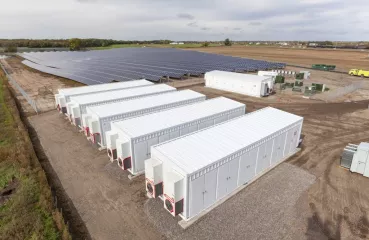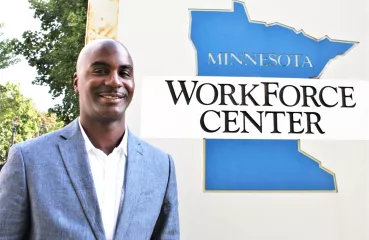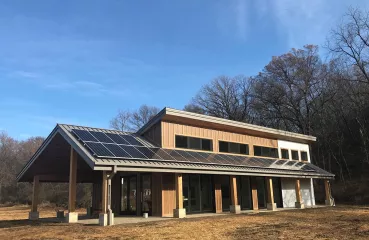Q: I’ve heard about the opportunity for software to integrate distributed storage to serve as "virtual power plants." What can you say about this?
A: This is the kind of thing that will accelerate the local market for storage, and our understanding of how to effectively use it to fill multiple niches in the electric power system. The VPP is an attractive concept for the Minnesota market right now, which consists mostly of small residential-scale batteries (under 20 kwh). Using an IP address for each battery, such software can aggregate them together to offer grid services—I picture it much like a school of minnows all swimming in unison as one body. A “VPP” is being proposed as a resiliency project at Little Earth, working with the German company ‘sonnen batterie’ and their proprietary software.
Q: Could you talk about ancillary services, how batteries can provide them, and who can get paid for offering these services in MN? Seems like providing that revenue stream behind the meter would really help with commercial development in particular.
A: One service that seems within easy reach is to provide “spin”. Several years ago I listened as a vice president of Indianapolis Power and Light gloated over how their new 20 MW battery facility replaced spinning metal reserves, eliminating about 15% of their CO2 emissions. Imagine that: getting paid to have a fully-charged battery just sitting there ready to discharge if called upon. Let’s talk about the regulatory pathway to make that possible in Minnesota!
Q: What interest rate is the PACE financing incurring, and have you looked for small private investors that might take less?
A: The Property Assessed Clean Energy (PACE) financing interest rate in Minnesota is 4.25% fixed over 10 years. Microloans are an avenue to lower-cost debt in a financing package, the trade-off being that someone has to put the time and energy into managing the fundraising process and the loan retirement. But in a community benefit project, it can be argued that this role is the first benefit to the community—a green job for someone!
Q: Commercial buildings are installing backup generators, are we trying to replace these with batteries?
A: There are some interesting projects out there where new developments (e.g., stadium in Amsterdam) are building in battery back-up for power loss, as well as batteries to mitigate pulses of energy demand. The viability of that strategy would vary among markets depending on the way electricity generation and storage is regulated, the price of electricity, carbon emission policies, and battery costs.
Q: What is the timeline for Institute on the Environment community energy storage pilot to be completed?
A: The pilot project was initially scheduled for a June 30, 2021 completion but due to COVID-19 and supply chain complications we are seeking a no cost extension to complete the battery installation by the end of the summer 2021. A Community-Scale Energy Storage Guidebook will be available online and by a printable PDF via IonE website in May 2021, which is in addition to our Energy Storage 101 Handbook. LCCMR Final report is due June 30, 2021 (pending COVID reporting extension).
Q: Federal bipartisan Energy Storage Tax Incentive and Deployment Act (S 627 and HR 1684)—yay or nay? Applies Investment Tax Credit to energy storage broadly, rather than only to strict solar-tied batteries.
A: We need to have a stand-alone tax incentive like this for energy storage to encourage its use in a wider variety of applications than linking to solar can provide. We’re in a period of pilot programs, learning, and exploration when a very general incentive is needed. Down the road, the incentives will have to be more specific, to help promising technologies become financeable.
Q: What is Red Lake's ballpark peak load (MW)?
A: The twelve public buildings in the Red Lake Solar Project draw around 4 MW at peak demand times, and there are about that many commercial buildings that aren’t in the program yet, so that number could easily be doubled. But Beltrami Coop would probably be able to give an answer about the electric load of the whole community.
Q: Are there concerns about potentially toxic compounds used in various batteries from a resource extraction or disposal of metals, fluids, etc?
A: We should always be factoring in the environmental impacts of any technology for storage in our decisions about using it. One reason why lead-acid batteries have been deemed acceptable is that lead is the most recycled metal in the economy, with a rate approaching 100%. Lithium has a 95% recycling rate, while other materials like vanadium have rates much lower because they become bound up in steel and other materials which are scattered and not recycled, and so require more mining for new supplies.
Q: What role can be played in terms of the supply chain issues of battery production, and the environmental and human rights violations from much of the raw materials extraction and production?
A: The particular supply chain issues that emerged in this project are probably unique to the pandemic. Because it was worldwide, there also was relatively little we could do to speed things up or work around supply issues. As consumers of products that contain raw materials it is our responsibility to continue to investigate how these materials are being extracted by vendors and make sure that they are sourced sustainably. As the renewable energy market continues to rapidly grow it will be particularly important to keep an eye on responsible sourcing. It also will be important to foster a market for reusing or redeploying batteries (second-use) so that we get the most life as we can from each battery built (as well as battery recycling).
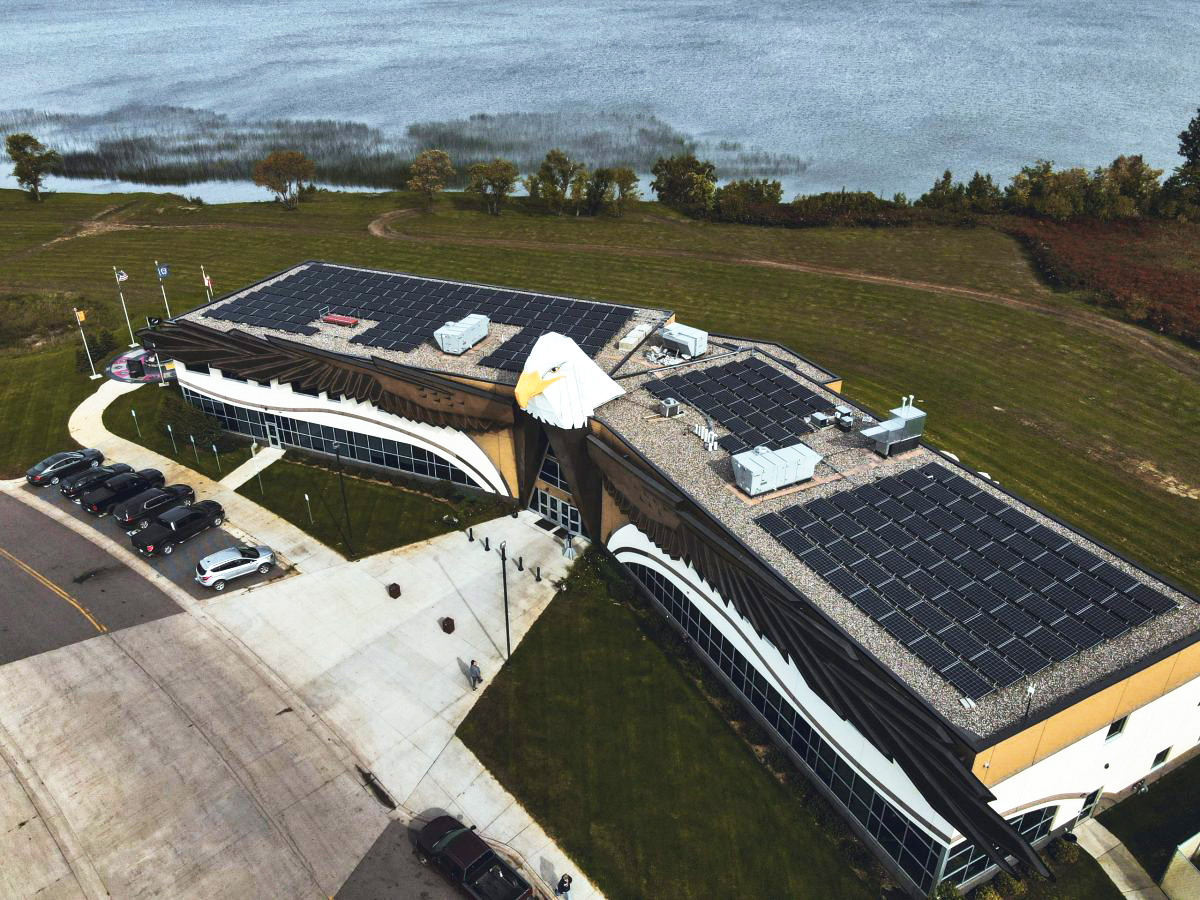
Photo: Solar panels atop the Red Lake Nation's Government Center, one of their energy storage sites.

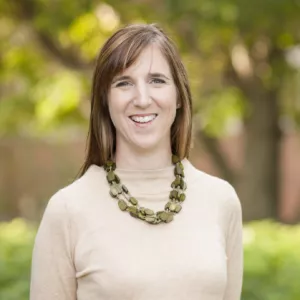
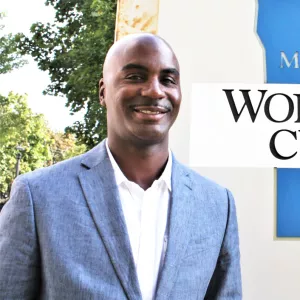
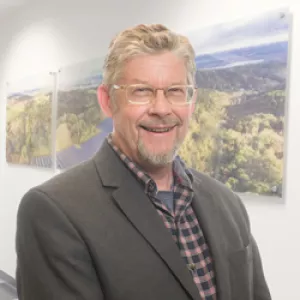

.png)



